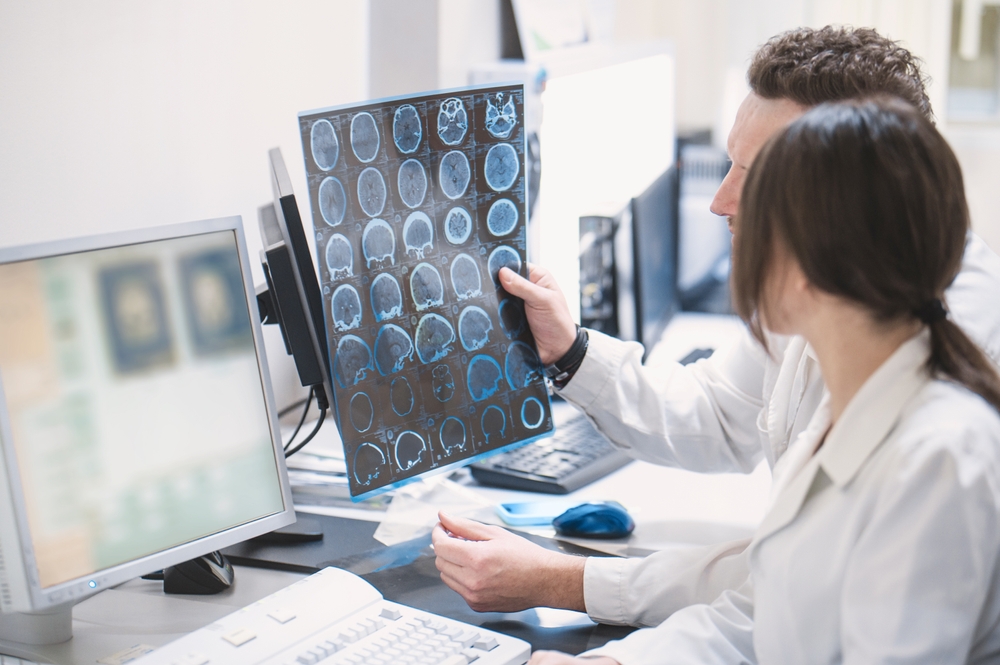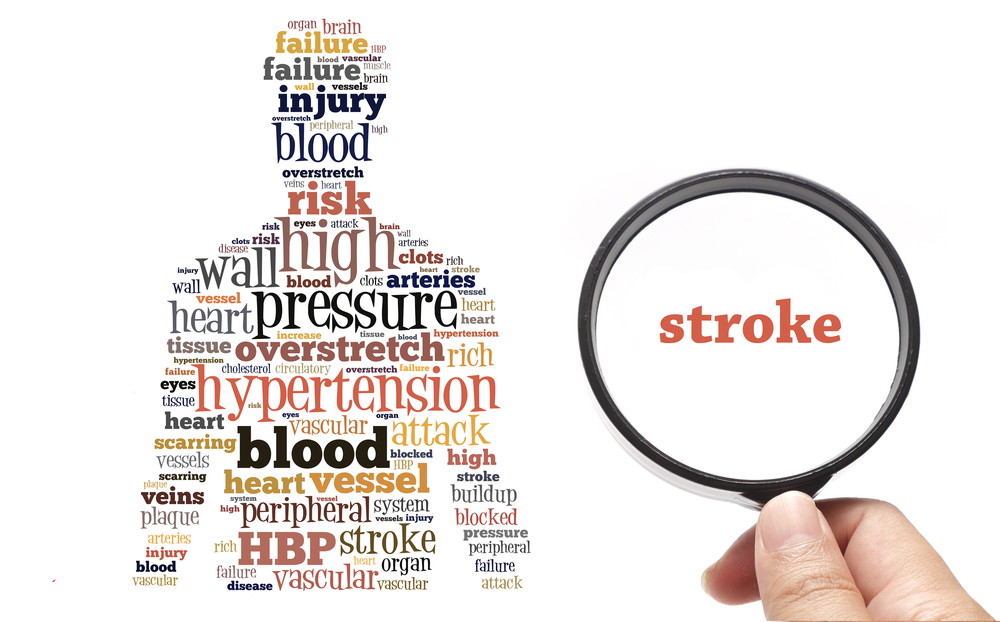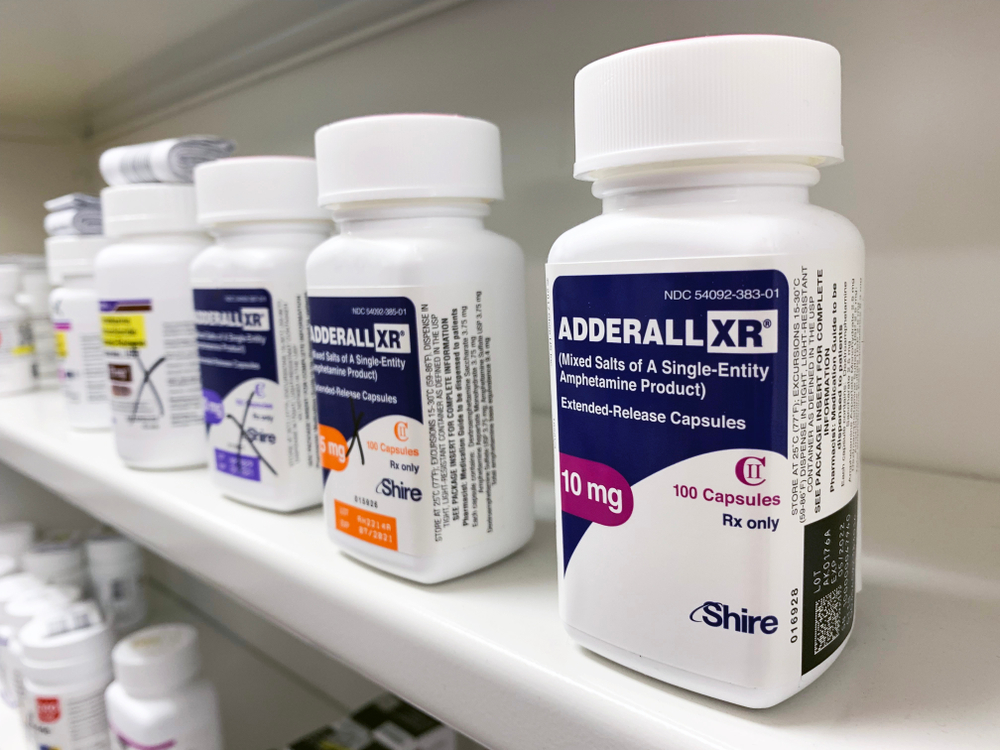When you think of a typical stroke patient, who do you think of? Chances are, you are picturing an older person, maybe even your own grandparents. Recently, however, data from the Centers for Disease Control and Prevention have shown a disturbing increase in stroke cases among younger individuals. Between 2020 and 2022, there was a 14.6% spike in stroke occurrences among individuals aged 18 to 44. This prompted much concern among medical professionals, and these are some of the theories as to why this is occurring.
Unprecedented Cases of Stroke Amongst Youth

The increase in stroke cases amongst youth in recent years has been nothing short of alarming. Stroke patients between the ages of 18 and 44 now account for 10%-15% of all stroke cases. A disease that is normally attributed to older patients has sparked doctors and medical researchers to take a deep dive into the data to try to figure out why this is happening. Dr. Mohammad Anadani, chief of neuroendovascular services at the Endeavor Health Neurosciences Institute, expressed astonishment at the growing number of young stroke patients seeking medical attention.
“We’ve never had patients so young,” he told the New York Post.
What is a Stroke?

A stroke is also known as a cerebrovascular accident. It occurs when the blood supply to the brain is either interrupted or reduced. This leads to a lack of oxygen and nutrients to the brain. There are two types of stroke: An Ischemic stroke and a hemorrhagic stroke. Ischemic stroke occurs when a blood clot blocks an artery, causing a disruption. A hemorrhagic stroke happens when a blood vessel inside the brain ruptures. In both cases, brain cells begin to die within minutes, causing permanent damage to the affected area. Strokes can have various effects, including paralysis, speech and vision problems, and cognitive impairments. Prompt medical attention is crucial to minimize long-term complications and improve outcomes for stroke survivors.
Read More: 10 Foods That Increase Stroke Risk and 10 That Protect Against It
Stroke Causes and Risk Factors

There are many, multifaceted causes and risk factors for strokes that will vary widely among individuals. Some common risk factors and causes include:
- Hypertension: Aka high blood pressure, which can weaken blood vessels and increase the likelihood of a rupture or blockage,
- Heart conditions: Including atrial fibrillation, which can lead to the formation of blood clots that may travel to the brain,
- Diabetes can contribute to the narrowing of blood vessels and the formation of clots,
- Smoking: Damages blood vessels and increases the risk of clot formation,
- High cholesterol levels: Can lead to a buildup of plaque in the arteries,
- Obesity and physical inactivity: Associated with an increased risk of developing many of the aforementioned risk factors,
- Family history of stroke: May indicate a genetic predisposition to certain risk factors,
- Lifestyle factors: Including excessive alcohol consumption, drug abuse, and high stress levels
Understanding and addressing these risk factors is essential for effective stroke prevention and management.
Contributing Factors and Theories

So what’s causing the increase in strokes seen in young people? The answer is similar to the causes and risk factors for strokes: It is multifaceted and varies between individuals. The exact reason for the surge remains somewhat unclear, however, experts like Dr. Anadani has pin-pointed several potential contributors. Traditional risk factors such as hypertension, diabetes, high cholesterol, and obesity have all been identified as possible culprits. These are all conditions that also used to be attributed only to older people, but are now fairly prominent among younger populations. This largely has to do with another risk factor for stroke: Lifestyle factors. This includes stress, long working hours, and physical inactivity amongst this younger population.
Read More: 17 Simple Ways to Protect Yourself from Stroke, Dementia, and Depression
The Role of Oral Contraceptives and Heart Conditions

One risk factor that can’t be ignored for women in this age category is the use of oral contraceptives. It is becoming increasingly known that long-term use of oral contraceptives increases risk of stroke. When these pills were invented, they were meant so that married couples who didn’t want to have children right away could more easily put kids off for a couple of years. Now, however, we have women starting oral contraceptives as young teenagers and staying on them for a decade or more – and we are beginning to see the consequences of this. Dr. Anadani highlighted the potential impact of oral contraceptives on stroke risk, citing their association with an increased likelihood of strokes. He had just treated two young women in their twenties who had strokes, with the only clear risk factor being oral contraceptive use. One of these two women also had a pre-existing heart condition, making the use of oral contraceptives even more dangerous for her, personally.
Energy Drinks and Medications: Potential Influences on Stroke Risk

Another culprit that contributes both to stroke and heart problems is energy drinks. These are beverages that didn’t exist when the older part of the population was young. Now, young people drink them all of the time – when they are studying, when they are working long hours, before workouts, and even when they are out at night partying and drinking alcohol. These drinks are usually incredibly high in caffeine. Just one often contains around 200mg, which is already half of the recommended daily intake. Some of these drinks contain even more than that. There is plenty of research that shows the link between energy drink consumption and its impact on cardiovascular health. Heart problems, as we now know, are a risk factor for stroke.
“While there is no clear evidence directly linking energy drinks to stroke, several studies have reported an increased risk of hypertension and cardiac arrhythmias, such as atrial fibrillation, associated with their use,” explained Dr. Anadani.
Read More: UCLA Discovers Groundbreaking Stroke Rehabilitation Drug That Reconnects Brain Pathways in Mice
Adderall and Telehealth: A Complex Relationship with Stroke Risk

Energy drinks aren’t the only potential culprit. In recent decades, there has been a rise in use of medications such as Adderall in young people. They use it in order to focus for hours, either for work or studies. The rise of telehealth since the pandemic has potentially aided in increased accessibility to these medications by younger people. Dr. Evan Levine, a cardiologist, highlighted that medications like Adderall elevate heart health risks in young adults. Again, while there is no clear link from Adderall to stroke, this potential connection is being explored. Some researchers show a strong link, while other research does not. More studies are being done to better understand the role Adderall plays in the health of young people.
Understanding and Addressing the Rise of Strokes in the Young

As medical professionals strive to comprehend the sudden increase in stroke cases among younger individuals, a multifaceted approach encompassing lifestyle modifications, awareness of risk factors, and vigilant monitoring of medication use is essential. When prescribing medications to young people, such as oral contraceptives or Adderall, doctors must do their due diligence to understand that person’s personal risk factors, reason for use, and how long they think they will want to use these medications. By uncovering the underlying causes and implementing appropriate preventive measures, the medical community aims to curb this concerning trend and safeguard the health of the younger population.
Read More: 6 Sleep-Related Warning Signs that Could Indicate an Elevated Stroke Risk

